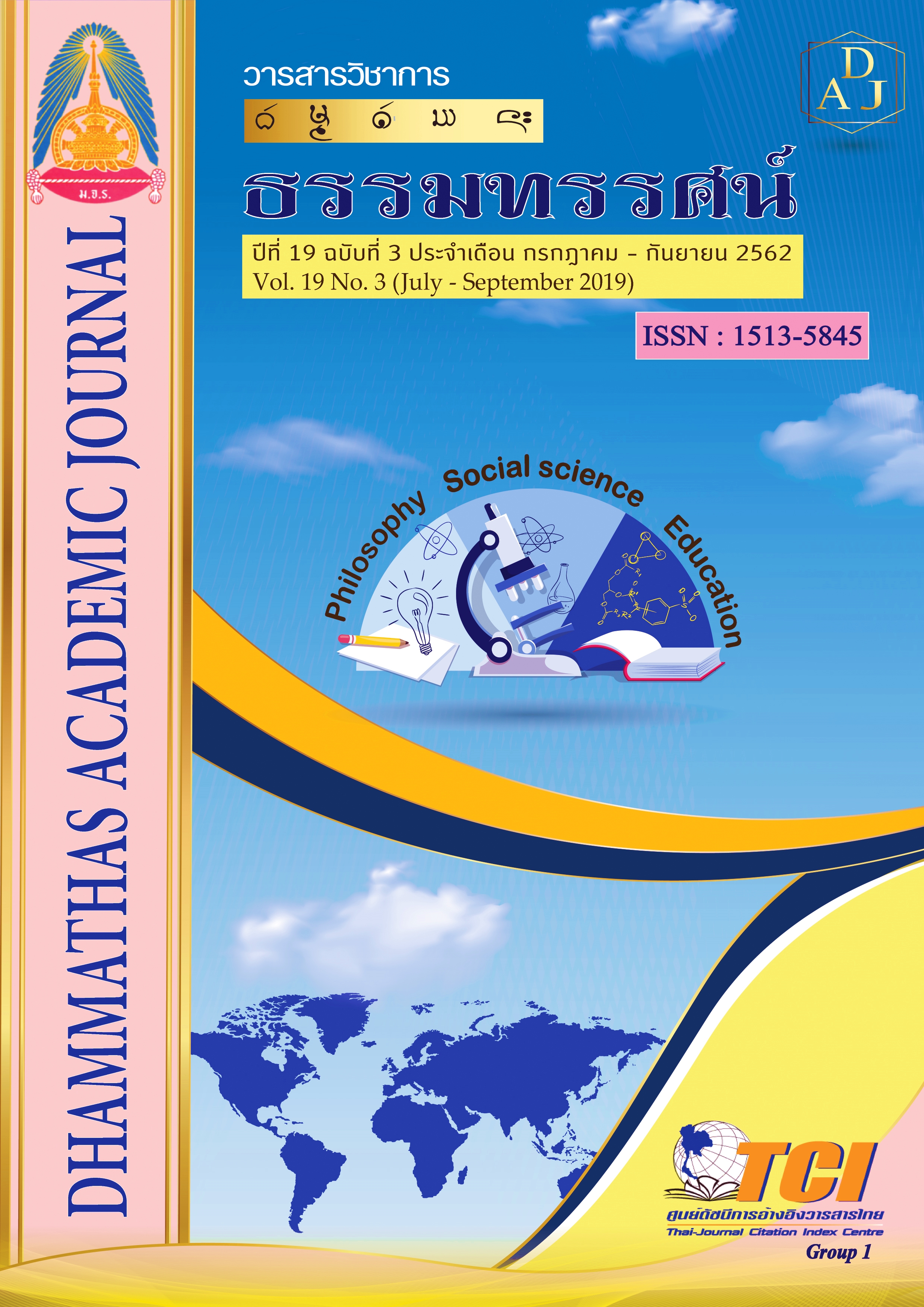Strategies for Organizing Local Wisdom Learning Center in the Northeast Region
Main Article Content
Abstract
The purposes of this research were: 1) to study or components of local wisdom learning center in the Northeast region; 2) to study the current situation and the desirable conditions of the above stated center; 3) to develop strategies for organizing local wisdom learning center in the Northeast region. Mixed method research was used in this study. The sample group consisted of administrators, consultants, monks, community leaders and local wisdom scholars of local wisdom learning center in the Northeast region with the total number of 352 people. The research instruments consisted of questionnaires with the reliability of 0.99. The statistics used in this research comprised percentage, mean, standard deviation, Item-Objective Congruence Index (IOC) and PNIModified index.
The research results were found that:
1. Components of organizing local wisdom learning center in the Northeast region consisted of 6 aspects as follows: 1) collective decision-making, 2) structure and roles, 3) place and space management and equipment, 4) co-creating rules, 5) communication between member leaders and community organizations and 6) control and audit
2. The current situation of organizing local wisdom learning center in the Northeast region, in all, was at a moderate level, and the desirable conditions of organizing local wisdom learning center in the Northeast region, in all, were rated at the highest level.
3. The results of organizing local wisdom learning center in the Northeast region consisted of 6 strategies, 28 measures and 28 indicators as follows: Co-creating rules comprised 4 measures and 4 indicators. Communication between member leaders and community organizations comprised 4 measures and 4 indicators. Collective decision-making comprised 4 measures and 4 indicators. Structure and roles comprised 5 measures and 5 indicators. Place and space management and equipment comprised 5 measures and 5 indicators. Control and audit comprised 6 measures and 6 indicators.
